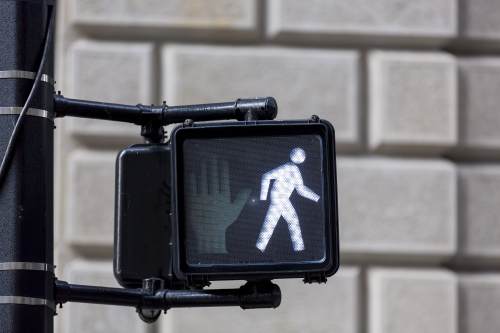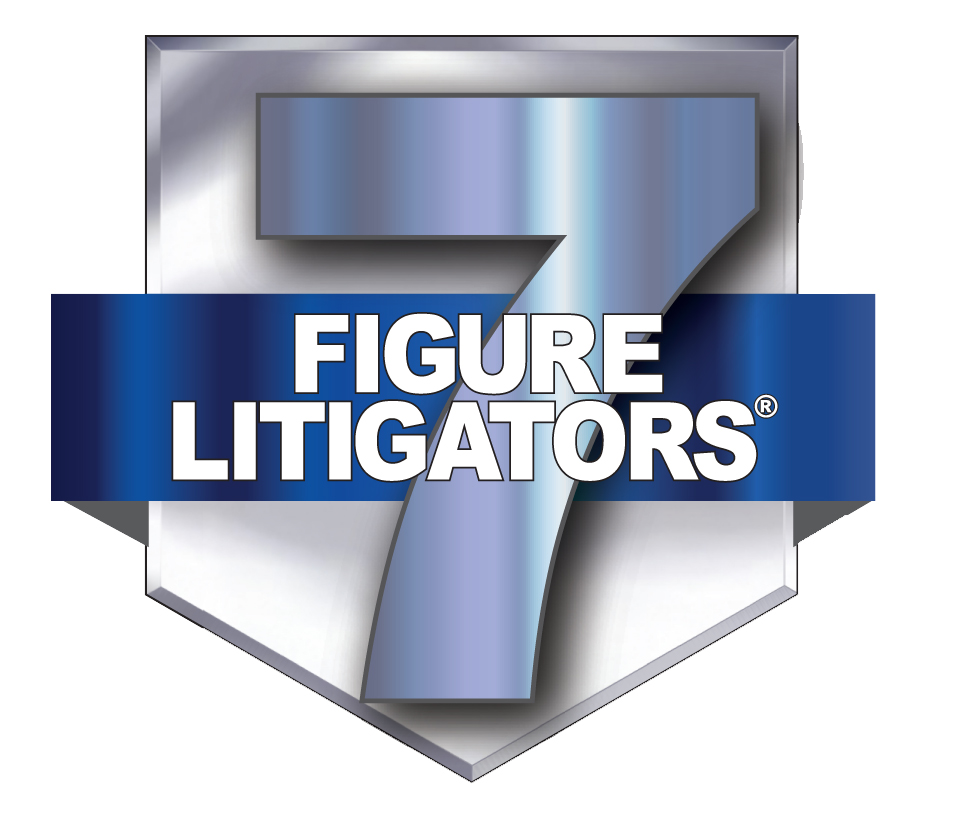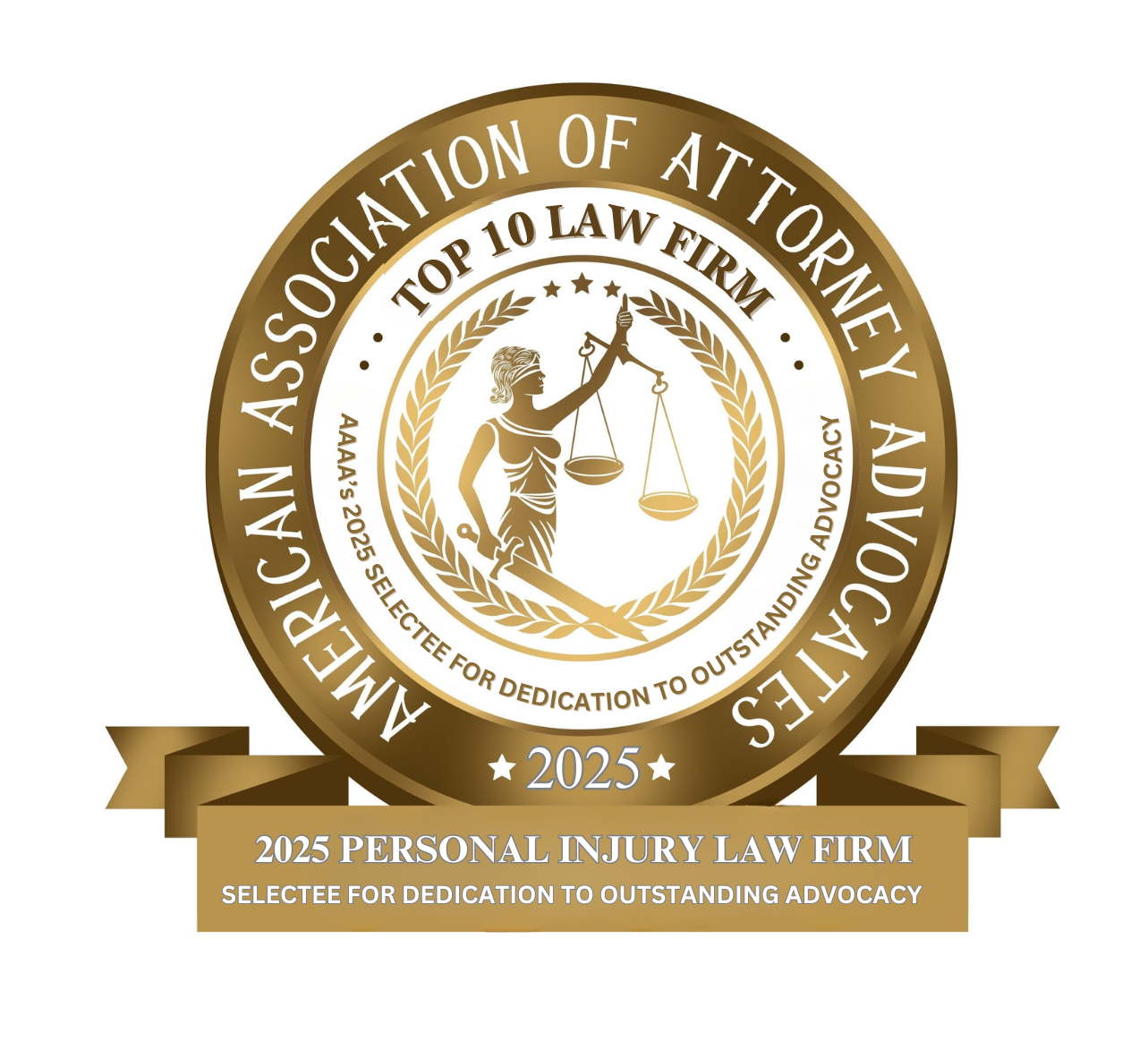Wheaton Pedestrian Accidents Lawyers
Injury Attorneys for Commuters and Walkers Hit By Vehicles in Wheaton, Illinois
Walking should be one of the safest ways to get around Wheaton. But in recent years, pedestrians in Wheaton and throughout DuPage County have faced a growing risk: more fatal crashes on arterial roads, dangerous crossings at train stations, and troubling incidents that have put students, commuters, and neighborhood residents in harm’s way.

At John J. Malm & Associates, we dedicate ourselves to protecting pedestrians and their families when serious accidents occur. With decades of experience handling complex injury and wrongful death cases in Wheaton and DuPage County, our attorneys understand how quickly a moment of driver negligence can change lives. From navigating municipal liability and transit-related claims to holding negligent drivers accountable, our firm combines thorough investigation, aggressive advocacy, and compassionate guidance to help injured pedestrians pursue the full compensation they deserve. When a crash impacts your life, we fight so you can focus on recovery.
“Walking should never put you at risk of serious injury or death. When dangerous roads, malfunctioning crossings, or careless drivers cause harm, families deserve answers and accountability. We investigate closely, work with experts, and fight to secure compensation that addresses medical needs and long-term care. If a pedestrian in your family has been hurt in Wheaton, call us. We’ll handle the legal work so you can focus on recovery.” — John J. Malm, Wheaton injury attorney
Pedestrian Crash Trends in Illinois and DuPage County
Pedestrian fatalities have been rising across Illinois and in the six-county Chicago region that includes DuPage County. Statewide reports show an upward trend in pedestrian-involved fatal crashes, with 219 fatal pedestrian-involved crashes reported in one recent year, a meaningful increase over prior years. Regionally, planners and safety officials have sounded the alarm about rising pedestrian deaths and the urgent need to redesign dangerous corridors. Locally, DuPage County has incorporated pedestrian safety into its transportation safety action planning as officials work to reduce fatalities and serious injuries.
Those regional numbers translate into real neighborhood tragedies in Wheaton: news outlets and municipal records have reported multiple pedestrian fatalities and many serious injuries in the past few years, including incidents at or near Metra crossings and along busy Wheaton thoroughfares. These incidents have prompted public meetings and calls for safety improvements, from new crosswalks and better lighting to traffic-calming measures and targeted enforcement.
Why Wheaton Pedestrians are Vulnerable
A combination of factors makes pedestrians particularly at risk in Wheaton and similar suburban communities:
- Road design that prioritizes vehicle speed over safe crossings (wide multi-lane arterials and long signal cycles).
- Increased foot traffic near transit hubs, schools, and colleges without matching investments in crosswalks, sidewalks, lighting, and signals.
- Nighttime visibility problems: Many pedestrian fatalities occur after dark when visibility is low.
- Distracted or impaired driving and driver inattention remain leading factors in police-reported collisions.
- Train-related hazards at crossings and platforms: both pedestrians on tracks and people struck while crossing near stations have resulted in fatal or catastrophic incidents. Recent Metra incidents near Wheaton illustrate the unique and devastating risk posed by rail collisions.
Common Locations for Pedestrian Crashes in Wheaton
- Crosswalks at busy intersections where turning vehicles fail to yield.
- Mid-block crossings or areas without marked crosswalks, especially near shopping districts and apartment clusters.
- Walkways and parking-lot areas where drivers are backing up or turning: these low-speed collisions often cause serious injuries to children and seniors.
- Train crossings and station platforms: collisions with trains or vehicles near rail right-of-ways are typically catastrophic.
Special Risks for Wheaton College Pedestrians
Wheaton College draws hundreds of students to campus every academic year, and many of those students walk to classes, athletic events, dining halls, and off-campus jobs. That concentration of young pedestrians creates several safety concerns:
- Student foot traffic is often concentrated along specific corridors and at night for late classes, campus events, and social activities, increasing exposure during low-light hours.
- Off-campus housing and nearby commercial strips may lack continuous sidewalks or adequate crossing infrastructure, forcing students to cross busy roads.
- College events (games, concerts, athletic meets) increase pedestrian volumes and create pressure on local parking and pedestrian routes.
- Student behaviors, such as walking while distracted by phones or occasionally consuming alcohol at night, can increase vulnerability, while drivers unfamiliar with campus patterns may fail to anticipate high numbers of pedestrians.
Wheaton College and city officials have made safety improvements over time, but incidents involving students have occurred in the past and underscore the need for continued attention to lighting, marked crosswalks, school-zone signage, and outreach about safe walking practices. When student pedestrians are injured, the same legal issues apply as elsewhere: establishing driver fault, preserving evidence, and documenting the pedestrian’s injuries and losses.
Unique Hazards for Commuters to Wheaton’s Train Stations
Thousands of residents rely on Wheaton’s Metra stations and surrounding transit infrastructure for daily commuting. That reliance creates specific risks:
- High pedestrian flows at station approaches: people crossing streets to reach platforms, walking through parking lots, or using pedestrian tunnels. Failures in lighting, signage, or pedestrian separation can create dangerous conflicts with vehicles.
- Incidents on or near tracks: Over the last several years, multiple fatal incidents involving pedestrians and trains have been reported on the Union Pacific West line near Wheaton, sometimes halting service and raising community concern. Collisions involving trains are typically fatal or catastrophic and require immediate, specialized investigation.
- Commuter parking and pedestrian access points: poorly designed or maintained crosswalks, curb ramps, or pathway lighting can force commuters into unsafe crossing behaviors.
- Platform-edge safety and tunnel issues: closures or maintenance problems (such as flooding in pedestrian tunnels) can reroute foot traffic into less safe areas. Municipal advisories and past closures illustrate the importance of functioning access routes.
Because train-related collisions often involve multiple agencies (Metra, freight operators, municipal authorities), the investigation into liability and evidence collection becomes more complicated, but also more important for securing compensation for victims and families.
Evidence and Investigation after a Wheaton Pedestrian Crash
To build a strong case after a pedestrian injury in Wheaton, immediate and careful evidence preservation is essential:
- Police reports and crash diagrams, which serve as the official record of the collision.
- Photographs and video: scene photos, vehicle damage, street markings, lighting conditions, doorbell or security camera footage.
- Witness statements and contact information: commuters, students, or business patrons often see critical details.
- Medical records documenting injuries, treatment, and prognosis.
- Traffic signal logs or timing records, and any available Metra or freight-train event logs if tracks are involved.
- Maintenance records for sidewalks, crosswalks, lights, or trainway fencing, which can show prior knowledge of hazards.
- Cellphone records and app data if distraction or location evidence is relevant.
Because many pedestrian cases hinge on subtle factors like sight-lines, lighting, whether a crosswalk was marked, and whether a driver had adequate time to stop, experienced investigators collect technical evidence (vehicle speeds, braking marks, forensic reconstructions) to prove negligence and damages.
Common Wheaton Pedestrian Accident Legal Theories and Responsible Parties
Pedestrian injury claims in Wheaton commonly rely on one or more of the following legal theories:
- Driver negligence: a motorist’s failure to yield, distracted driving, speeding, or impaired driving are common bases for claims.
- Municipal liability: When dangerous road design, lack of crosswalks, or poor lighting creates an unreasonable hazard, a city or county may share liability under a negligence or dangerous condition claim, though suing a government entity involves special notice requirements and shorter deadlines.
- Railroad or transit liability: when a train or station hazard contributes to a death, Metra or freight operators may be involved; federal statutes and agency rules can affect claims.
- Property owner liability: sidewalks and walks adjacent to private property may fall under the property owner’s duty to maintain safe conditions in some situations.
Identifying the correct defendants and insurance sources early and making the required notices if a municipal defendant is involved is essential to preserving the right to compensation.
Damages Available to Injured Wheaton Pedestrians
Victims of pedestrian crashes may seek compensation for:
- Medical bills (past and future) and rehabilitation costs.
- Lost wages and lost earning capacity when an injury affects employment.
- Pain and suffering, emotional distress, and reduced quality of life.
- Permanent impairment or disability damages and costs of ongoing care or home modification.
- Wrongful death damages, where applicable, for funeral expenses, loss of support, and loss of consortium.
An experienced Wheaton pedestrian injury attorney will work with medical, vocational, and life-care planning experts to quantify long-term losses in catastrophic cases.
How John J. Malm & Associates Helps Wheaton Pedestrian Injury Victims
- Immediate preservation: we subpoena police reports, traffic-signal timing, Metra and freight logs (when applicable), and security-camera footage.
- Expert investigation: we retain accident reconstructionists, lighting and sight-line experts, and life-care planners to document causation and losses.
- Insurance coordination: we identify all available insurance coverage, such as driver policies, municipal self-insurance, Metra or railroad carriers, and uninsured/underinsured motorist coverage.
- Legal advocacy: we prepare timely notices for government defendants, negotiate with insurers, and litigate when necessary to obtain fair compensation.
- Compassionate client support: pedestrian crashes often cause life-changing injuries; we help families connect with medical and social resources while pursuing claims.
Frequently Asked Questions about Wheaton Pedestrian Accidents
Q: What should I do immediately after a pedestrian collision in Wheaton?
A: Call 911 for medical help and to get the police report. If you are able, take photos of the scene, get witness names and contact information, and preserve clothing or shoes that show damage. Seek medical attention even if you think your injuries are minor; some pedestrian injuries present delayed symptoms. Then contact a Wheaton attorney experienced in pedestrian and wrongful death cases to help preserve evidence and protect your rights.
Q: What if I was crossing at an unmarked place? Am I automatically at fault?
A: Not necessarily. Illinois law and local ordinances set rules about crosswalks, but comparative negligence applies: a plaintiff can still recover even if partly at fault, though recovery may be reduced by their percentage of fault. Each case must be evaluated on its facts, including driver speed, visibility, and whether the driver had time to stop.
Q: How are train-related pedestrian deaths handled differently?
A: Train collisions often involve separate legal considerations: federal regulations, the railroad’s investigative process, and potentially different responsible parties (freight operator vs. commuter rail). Because train collisions are often fatal, specialized investigation and early preservation of rail logs, crew statements, and surveillance footage are critical.
Q: How soon should I talk to a lawyer?
A: As soon as possible. Early involvement allows attorneys to preserve time-sensitive evidence (surveillance footage, witness availability, municipal maintenance records) and meet legal deadlines that apply to government or transit defendants.
Contact the Trusted Wheaton Pedestrian Accident Lawyers at John J. Malm & Associates
A pedestrian crash can leave lasting physical, emotional, and financial consequences for victims and families. When collisions happen in Wheaton, whether at a neighborhood crossing, near Wheaton College, or at a Metra station, the path to recovery starts with prompt medical care and careful legal action to preserve evidence and pursue the full compensation you deserve.
If you or a loved one was injured while walking in Wheaton, contact our office for a free, no-obligation consultation. At John J. Malm & Associates, we handle complex pedestrian cases involving municipal defendants, transit agencies, and commercial or private drivers. We’ll investigate the facts, explain your legal options, and fight for compensation to cover medical care, lost income, pain and suffering, and future needs. Don’t try to navigate this alone. Call us today so your family can focus on healing while we pursue justice on your behalf.















